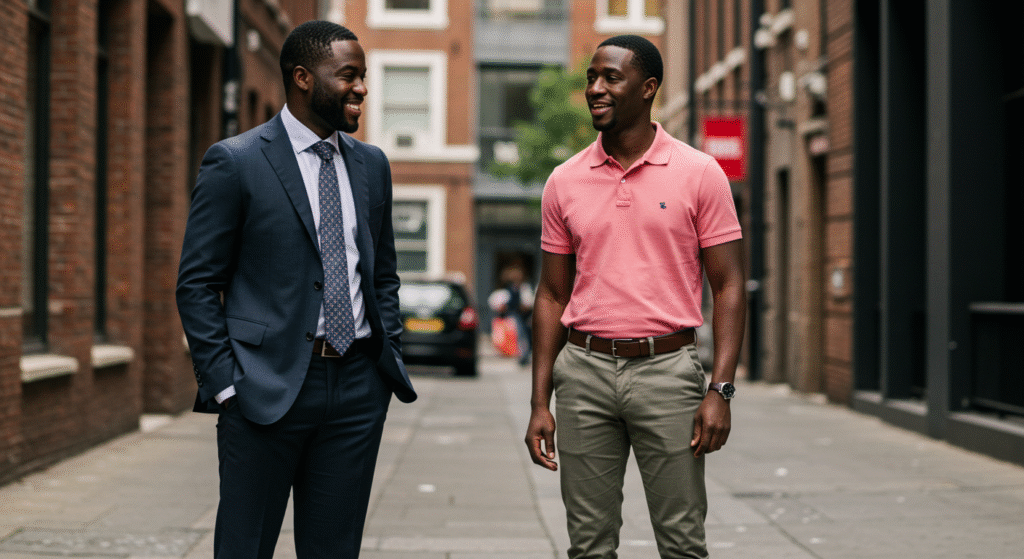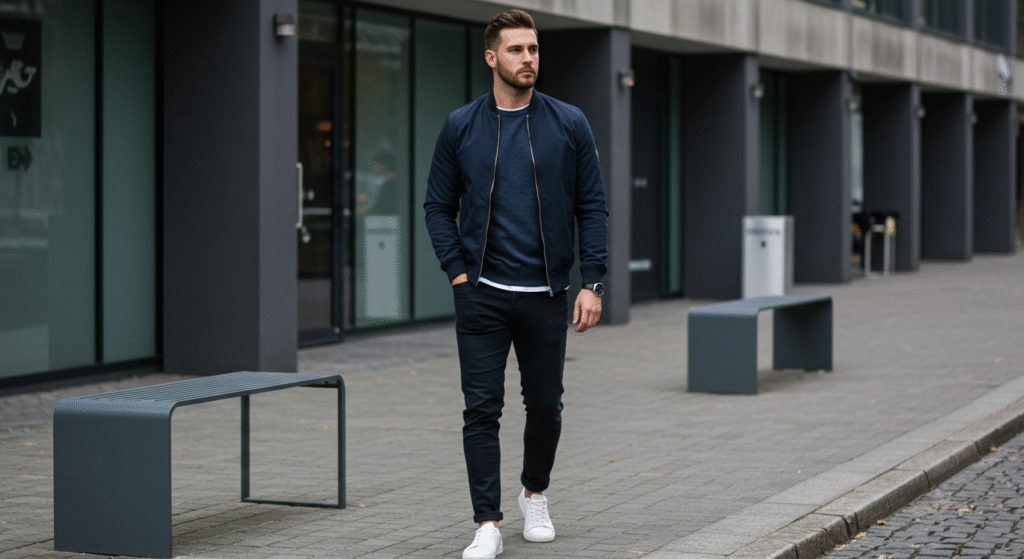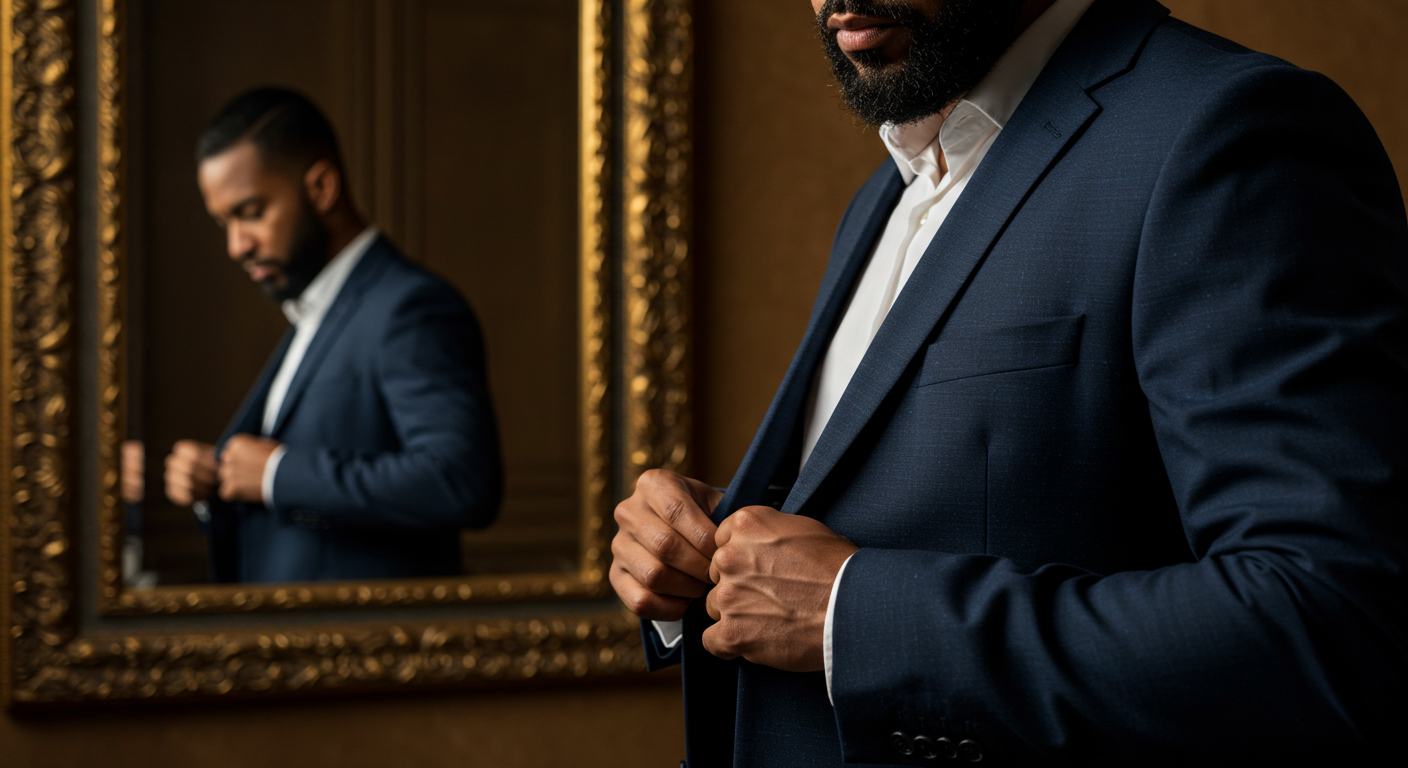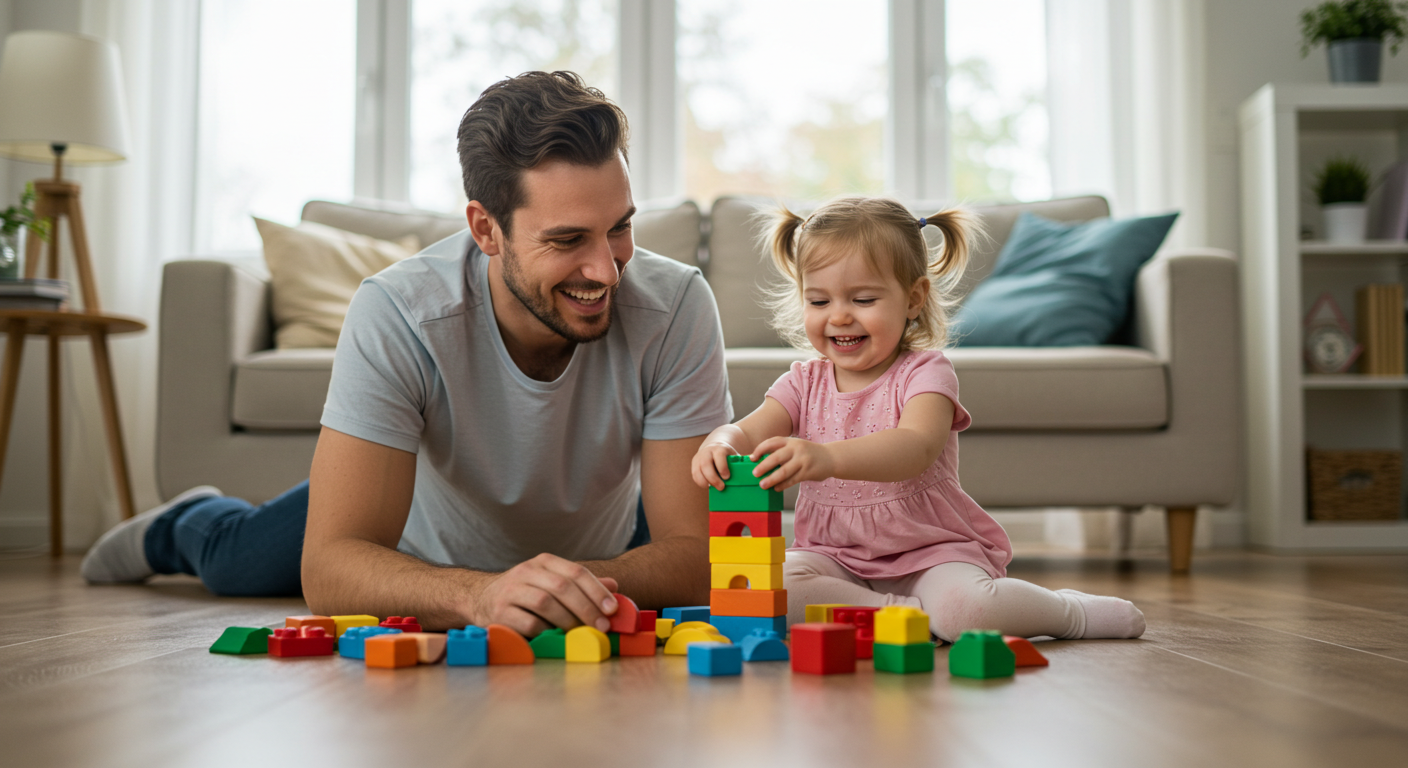Beyond Clothes, Into the Mind
Men’s fashion is often reduced to fabrics, cuts, and colors, but the truth is that style runs much deeper. The way a man dresses influences how he feels, how others perceive him, and even how he performs in professional and social situations. Psychology plays a fundamental role in fashion choices. Every outfit tells a story, every accessory sends a message, and every detail contributes to the way confidence is expressed. Dressing with intention isn’t vanity—it’s strategy. In this article, we’ll explore the psychology behind men’s fashion, the subtle power of clothing on self-image, and how confidence transforms style into presence.
The Science of First Impressions
Research shows that people form judgments within seconds of meeting someone, and clothing plays a key role in shaping those impressions. A well-fitted blazer signals authority, a crisp shirt conveys discipline, and clean sneakers communicate modernity. The psychology is clear: clothing acts as nonverbal communication. Men who dress with care demonstrate self-respect, which subconsciously earns respect from others. First impressions matter in interviews, dates, or even casual encounters because style works faster than words.

Clothing and Self-Perception
What you wear doesn’t just affect others—it affects you. Psychologists call this “enclothed cognition,” the idea that clothes influence the wearer’s mindset and behavior. For example, men who wear a tailored suit often report feeling more assertive and focused, while those in relaxed streetwear describe themselves as more creative and approachable. This explains why dressing sharply before an important meeting can boost confidence or why wearing clean gym clothes can motivate a stronger workout. Clothes shape mindset, and mindset shapes outcomes.
The Role of Confidence in Style
Confidence is the invisible accessory that makes any outfit work. Two men can wear the same jacket—one looks powerful, the other uncomfortable. The difference lies in posture, attitude, and presence. Confidence doesn’t mean arrogance; it means wearing clothes instead of letting clothes wear you. Grooming, fit, and posture all contribute to this equation. Men who stand tall, maintain eye contact, and dress intentionally project authority regardless of whether they’re in sneakers or polished shoes.
Status, Power, and Subtle Signals
Fashion psychology also explains how clothing influences perceptions of status. A luxury watch, a tailored suit, or fine leather shoes send signals of success and attention to detail. Interestingly, subtle displays of quality often communicate more power than overt logos. A man in a minimalist, well-fitted outfit often exudes more authority than someone covered in flashy branding. The psychology here is tied to authenticity—true confidence doesn’t scream; it speaks quietly.
The Balance Between Individuality and Social Codes
Fashion is a dialogue between self-expression and social norms. Dressing too far outside expectations can alienate, but blindly following codes erases individuality. The confident man learns to balance both: respecting the context while adding personal flair. In a business setting, that might mean a navy suit with a patterned tie that reflects personality. In casual environments, it could be neutral streetwear elevated with a unique accessory like a vintage watch. This balance is what creates timeless style rooted in self-awareness.
Color Psychology in Men’s Fashion

Colors influence perception more than most realize. Navy conveys trust, black suggests authority, grey balances neutrality, and white symbolizes clarity. Warmer tones like burgundy or olive can express creativity and individuality without overwhelming. Men who understand color psychology can adapt their look to influence outcomes: wearing navy for an interview, charcoal for negotiations, or muted earth tones for approachable casual outings. The choice of color isn’t just aesthetic—it’s strategic psychology.
Grooming and Confidence as Extensions of Fashion
Clothing is only part of the equation. Grooming and personal care reinforce the message of confidence. A well-kept beard, a clean haircut, and a subtle fragrance enhance the psychological impact of clothing. Men who invest in grooming signal discipline and self-respect, amplifying the positive impressions created by their wardrobe. Style isn’t complete without attention to these details, because confidence is holistic.
Icons Who Embody Fashion Psychology
Certain men throughout history demonstrate how fashion and psychology intertwine. Cary Grant embodied elegance and authority with classic tailoring, Steve McQueen expressed cool rebellion through effortless casual wear, and David Beckham balances suiting with modern streetwear, projecting adaptability. Each of these figures understood the psychological impact of clothing and used it to reinforce confidence. They prove that style is less about following rules and more about mastering the art of communication through clothing.
Developing Your Own Confident Style
Building confidence through fashion doesn’t require a complete overhaul. Start with the basics: well-fitted staples, neutral colors, and high-quality shoes. Pay attention to grooming, stand with posture, and practice consistency. Then add personal touches that reflect individuality, like a favorite jacket, a signature fragrance, or an accessory that becomes part of your identity. Over time, this intentional approach builds both self-confidence and external presence.

Conclusion: Fashion as Psychology in Action
Men’s fashion isn’t just about aesthetics—it’s about psychology in motion. Clothes influence self-perception, shape first impressions, and send signals of confidence and authority. Dressing with intention gives men control over the narrative they present to the world. The psychology of fashion teaches that confidence is not bought; it’s built through consistency, fit, grooming, and authenticity. When a man masters this, he doesn’t just wear clothes—he wears confidence, and that is the most stylish thing of all.



